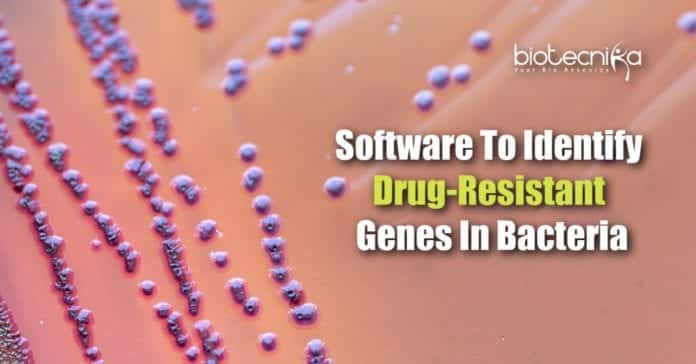Software To Find Drug-Resistance In Bacteria By WSU Researchers
An easy-to-use software program to identify drug-resistant genes in bacteria has been developed by researchers at Washington State University.
The identification of deadly antimicrobial-resistant bacteria existing in the environment is now made easier by the program. More than 2.8 million cases of pneumonia, bloodstream, and other infections caused by these microbes are reported every year, causing 35,000 deaths in the U.S. The paper got published in the journal Scientific Reports.
Bacteria or other microorganisms acquire antimicrobial resistance (AMR) by evolving and gaining genes that encode drug-resistance mechanisms. Bacteria causing strep or staph diseases or infections like pneumonia and tuberculosis have developed drug-resistant strains that make them very difficult to treat. In the future, the problems are expected to worsen in terms of deaths, infections, and health costs as bacteria evolve to outsmart most of the antibiotic treatments.
The lead author of the paper, Chowdhury, said an efficient tool is required to predict antimicrobial resistance in bacteria.
Researchers are looking for AMR genes in the environment as large-scale genetic sequencing has become easier. They are interested in studying where microbes live in water and soil and how they affect human health and
spread. But they miss those unique genes of resistance from a protein sequence perspective, even though they were able to identify genes similar to AMR-resistant genes.Software to find drug-resistance in bacteria
A machine learning algorithm that uses the features of AMR proteins, rather than identifying those with genetic sequences similar to AMR genes, was developed by the research team at WSU. A tool called game theory, which is used in several fields like economics, was used by the researchers to identify AMR genes. Rather than simply analyzing the sequence similarity, they looked at the structure, physicochemical, and composition properties of protein sequences.
The new software can analyze metagenomic data in greater depth than by simple sequence matching algorithms and identify clinically important novel antimicrobial resistance genes.
Resistant genes found in species of Enterococcus, Clostridium, Streptococcus, Staphylococcus, and Listeria were considered by the WSU team. These microbes cause many major infectious diseases like food poisoning, staph infections, life-threatening colitis, and pneumonia. Resistant genes were classified with up to 90% accuracy using the tool.
Other researchers can easily download this new software to look for AMR in large pools of genetic material. As more sequences and data become available, researchers can also re-train the algorithm.
Editor’s Note; Software to find drug-resistance in bacteria, Washington State University






























